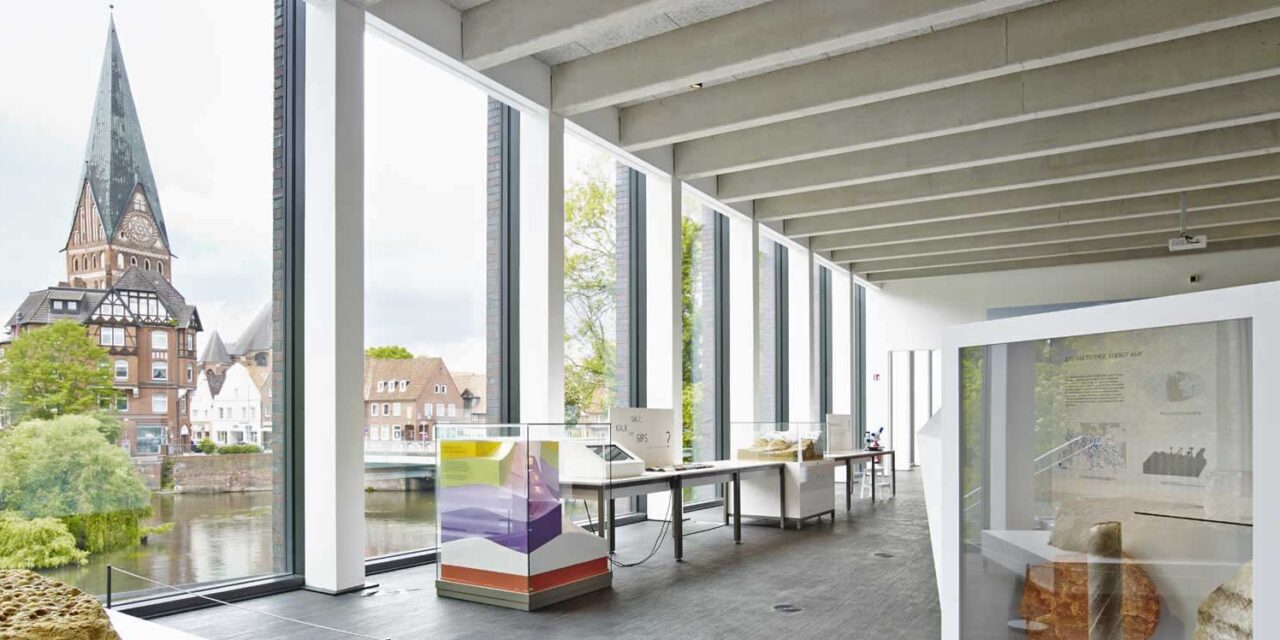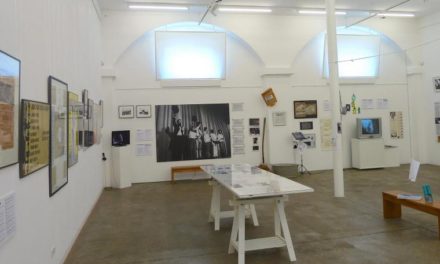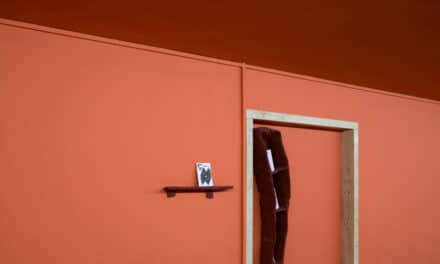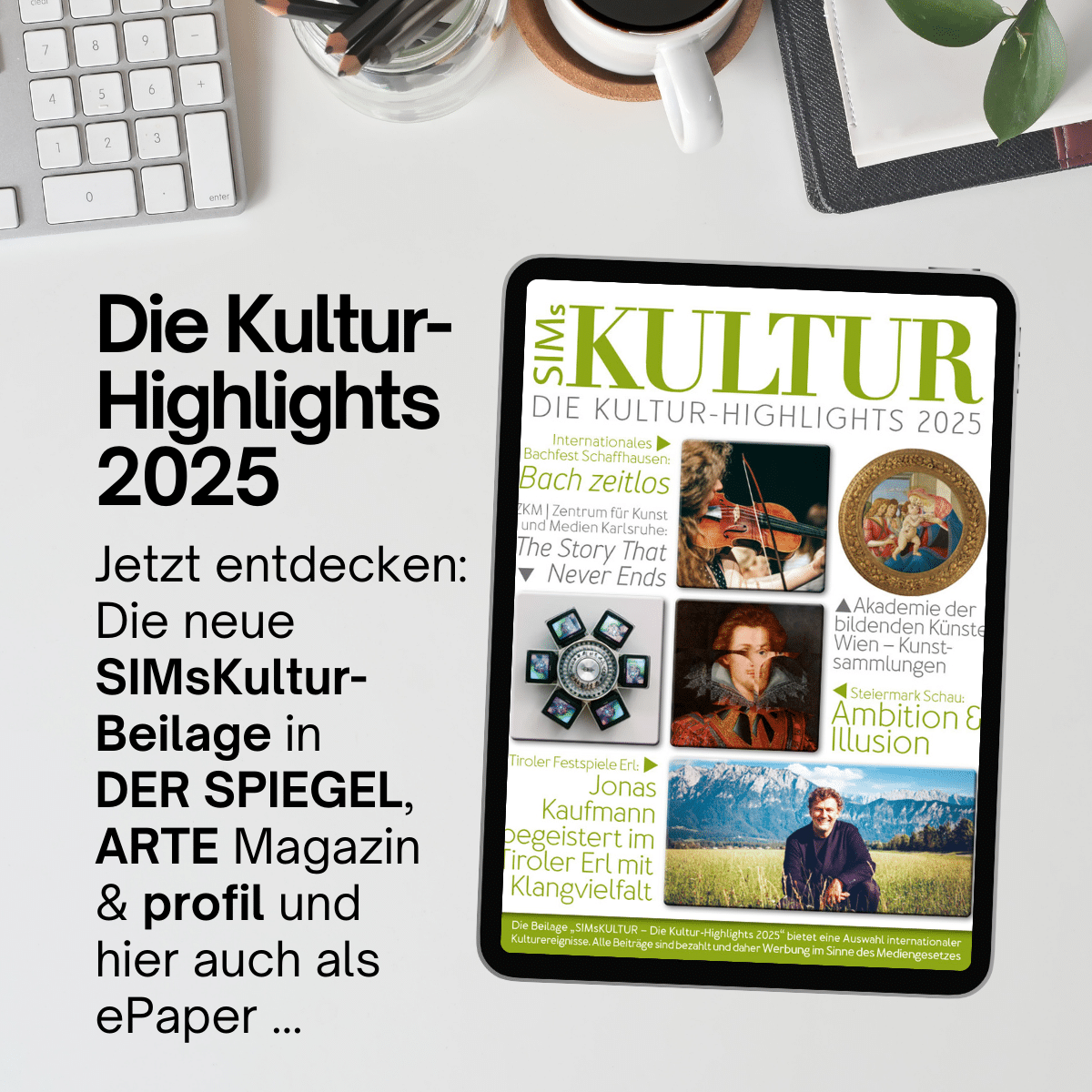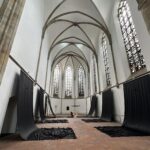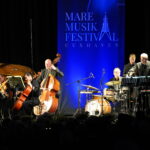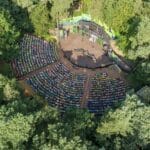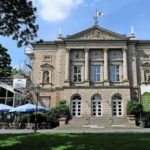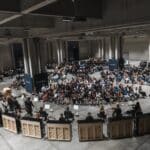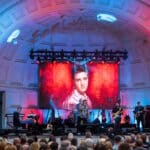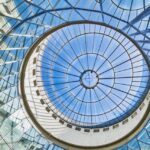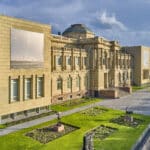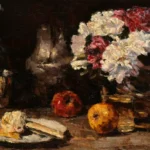Die Dauerausstellung des Museum Lüneburg befasst sich mit der regionalen Kulturlandschaft und ihrem Zentrum, der Hansestadt Lüneburg. Sie stellt Zeugnisse der Natur- und Kulturgeschichte von Stadt und Region aus und präsentiert diese unter den jeweils besonderen Betrachtungsweisen der Naturkunde, Kulturgeschichte und Archäologie. Die Ausstellungsfläche beträgt insgesamt rund 1700 m2.
Sieben Abteilungen beleuchten in wechselnden historischen Zusammenhängen immer wieder die Rolle des Menschen als Gestalter seiner Umwelt. Auch wenn Natur und Kultur in einem wechselseitigen Wirkungsverhältnis stehen, bildet die Natur die Grundlage der menschlichen Existenz. Nur wenn es in Zukunft gelingt, Natur im Sinne der ökologischen, ökonomischen und sozialen Nachhaltigkeit zu nutzen, kann der Lebensraum des Menschen mit seinen Kulturgütern erhalten bleiben. Das Museum will dem Besucher einen Anreiz bieten, am Beispiel der Region Lüneburg über zukunftsweisende Wege zur Erhaltung einer lebenswerten Umwelt nachzudenken.
Außergewöhnlich ist der Schwerpunkt von bedeutenden Exponaten aus der Zeit des 15. und 16. Jahrhunderts, der Blütezeit der Hansestadt Lüneburg. Aber auch die Sammlungen zur regionalen Geologie, die Belegstücke zur ur- und frühgeschichtlichen Besiedlung der Region und die reichen Funde der Lüneburger Stadtarchäologie sind teilweise für ganz Niedersachsen von Bedeutung. Diese wertvollen Sammlungsschwerpunkte werden in einem gemeinsamen Ausstellungsrundgang präsentiert.
Die Umsetzung der Ausstellung
Der Rundgang und seine Ausstellungsarchitektur wurde in mehrjähriger Entwicklung zusammen mit einem Team aus Vertretern der Museumsstiftung Lüneburg, wissenschaftlichen Beratern und den Kuratoren des Museum Lüneburg konzipiert von ikon Ausstellungen, Hannover, Projektleitung Martina Jung. Ergänzt wurde die Ausstellungsarchitektur mit einem grafischen Konzept, das die designagenten, Hannover, erstellten. Der Designleitfaden orientiert sich an den zentralen Leitmotiven eines eingängigen Farbkonzepts und der Barrierearmut der Information und definiert die gesamte Typografie für die Beschriftung von Wänden, Objekten und Laboren. Signalfarben wie Rot, Orange, Magenta lenken die Aufmerksamkeit auf Ausstellungssequenzen, an denen sich Kernaussagen des Museums verdichten.
Der Rundgang führt durch die verschiedenen Zeiten Lüneburgs, angefangen bei der Entstehung des Lüneburger Untergrunds über die ersten Menschen in dieser Gegend bis hin zur Blütezeit der Patrizier und endet schließlich im heutigen Lüneburg.

